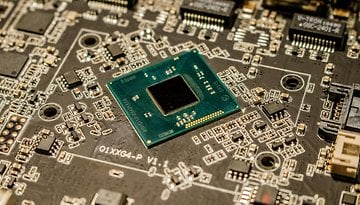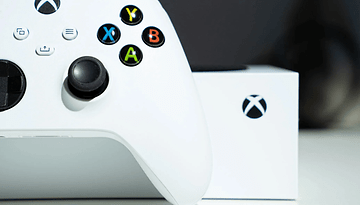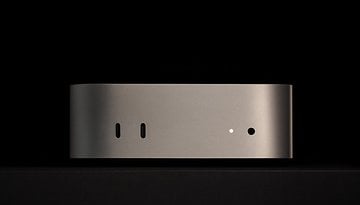The One Feature That’s Making Me Want to Buy the New Peloton Bike+
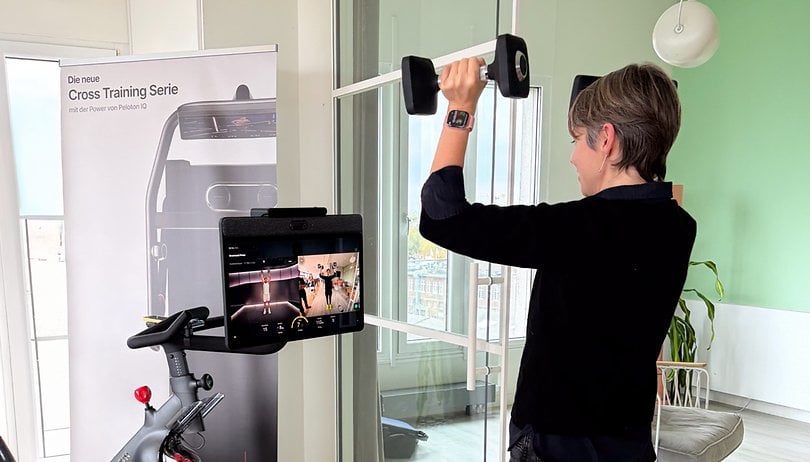

Read in other languages:
After years of testing fitness devices and apps, one thing has become clear to me: working out at home has its perks, but it also comes with one big risk: injuries. Gyms aren’t perfect either, but at least there is usually a coach, a trainer, or that one person who can’t help but correct your form. Studies indicate that most home workout injuries happen because there is no real-time feedback or supervision, especially when beginners repeat the same moves or push too hard. Overuse and bad form are the usual suspects, and when it happens to older adults, the results can be serious. So when I heard about Peloton’s latest attempt to fix home fitness, I wasn’t just curious, I was hopeful.
Peloton has just launched its new Cross Training Series, a full hardware refresh that includes the Bike, Bike+, Tread, Tread+, and Row+. What makes this lineup special is Peloton IQ, an AI and computer vision system that brings personalized coaching and real-time form feedback to the entire ecosystem.
The feature that really caught my attention is the movement tracking using the built-in camera in the new Plus models. With that camera, Peloton IQ can analyze your form, count reps, and suggest weight adjustments instantly as you train. Combined with voice control through “Ok Peloton,” the system gives you on-screen or spoken cues like “lower your squat” or “time to increase the weight.”
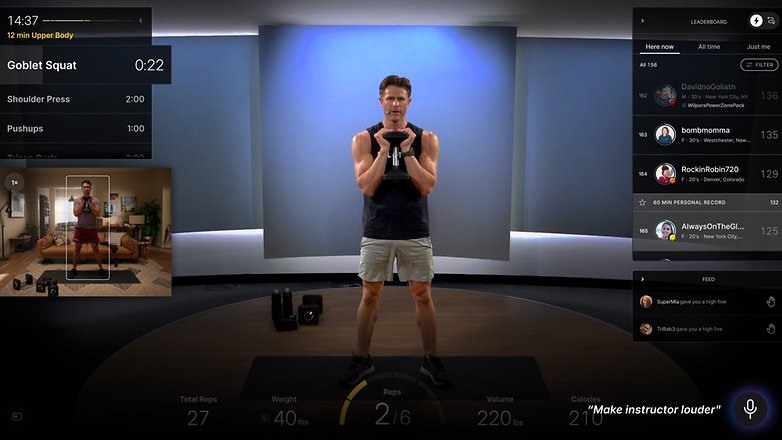
If that sounds familiar, it’s because Peloton introduced something similar in 2022 with the Peloton Guide, an external camera for strength workouts. The difference now is that the technology has been refined and fully integrated into the hardware. The new lineup also includes swivel screens for switching easily between cardio and floor work, improved audio with Sonos-tuned speakers on the Plus models, faster connectivity, and small but meaningful design upgrades like a more cushioned seat.
Peloton IQ is also being rolled out to all Peloton devices, including older bikes and treadmills. However, only the new hardware includes the built-in camera and sensors needed for advanced features like rep tracking and form correction.
- Peloton Tread review: It's all about the user experience!
- Peloton Bike+ review: Is the higher-tier model worth it?
My Demo Experience: How It Felt in Action
I tried a demo on the new Cross Training Bike+ with Peloton IQ enabled. From the start, I noticed one thing: I didn’t need to count reps. The AI tracked them for me, and the instructor’s cues were enhanced by real-time feedback. For example, the system suggested I go a bit deeper or add weight when it seemed too easy. Because the analysis happened in real time, I could stay fully focused on my workout.
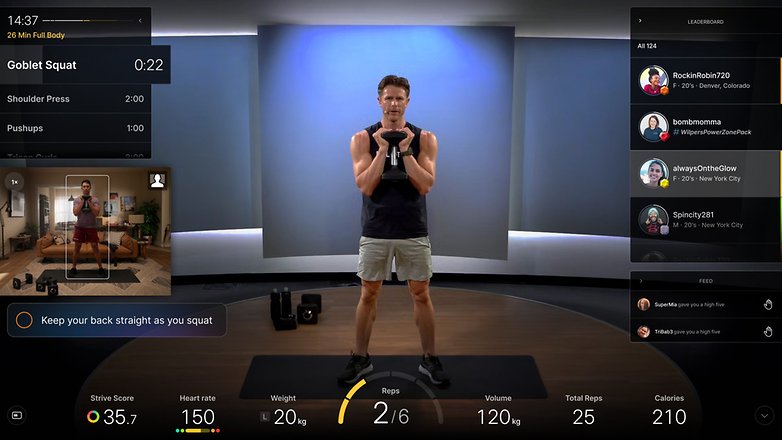
My demo was limited to strength training, but Peloton says the same computer vision system works across the platform, adapting to different types of workouts in its library. It feels like Peloton took what it learned from the Guide and made real-time form correction a core experience rather than an add-on.
Why It Matters and What It’s Up Against
I didn’t realize how much I needed real-time form feedback until I tried it. It entirely changes the way you train at home. It acts as a built-in safety net, the kind of thing coaches provide at the gym. With AI giving you tips on weights, reps, and how to structure your workouts, Peloton honestly feels more like a personal coach than just another fitness brand.
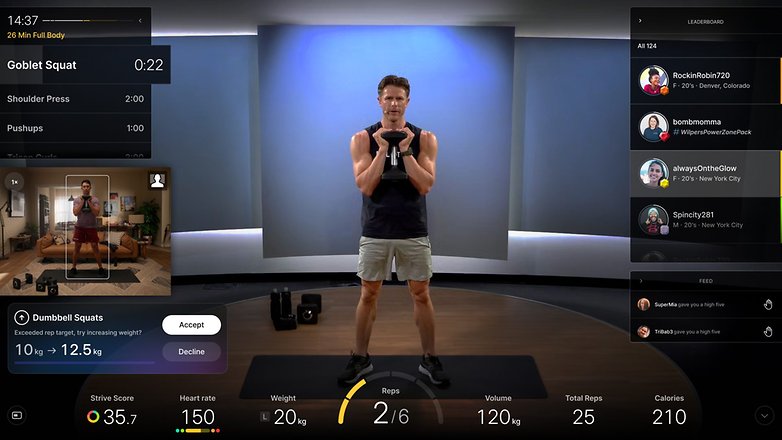
Of course, Peloton is not alone in this space. Companies like Tonal and Speediance already offer compact strength systems that adapt weights, track reps, and provide AI feedback. I had a chance to see Speediance’s Gym Monster 2 at IFA this year, and it was impressive to see how it used AI to fine-tune resistance and track motion. Still, Peloton’s advantage lies in its deep content library, large community, and seamless blend of hardware and software. Unfortunately, Tonal is not available in Germany, where I live.
Honestly, I’m surprised Apple Fitness+ hasn’t used the iPhone or iPad camera for real-time form feedback yet, especially since Apple already leads in computer vision. It’s totally possible with on-device processing, and their focus on privacy makes it a natural fit. Maybe Apple is waiting for the right hardware, like a future Apple TV or even Vision Pro integration, but it still feels like a missed opportunity for now.
Peloton’s new approach really feels like a bold move in the right direction for home workouts. Whether it succeeds will depend on how well the system performs in real-world conditions and how willing people are to invest in smarter equipment. But for the first time, I’m genuinely tempted to put my skepticism aside and consider bringing a Bike+ home.
The new Cross Training Series starts at about $1,495 and goes up to $5,995 for the Row+. The All-Access Membership now costs $49.99 per month in the US. Peloton says the update adds more value through AI-powered coaching and content. For privacy, motion-tracking and voice data are processed locally, and users can opt out of AI features like form feedback, rep tracking, or insights at any time.



